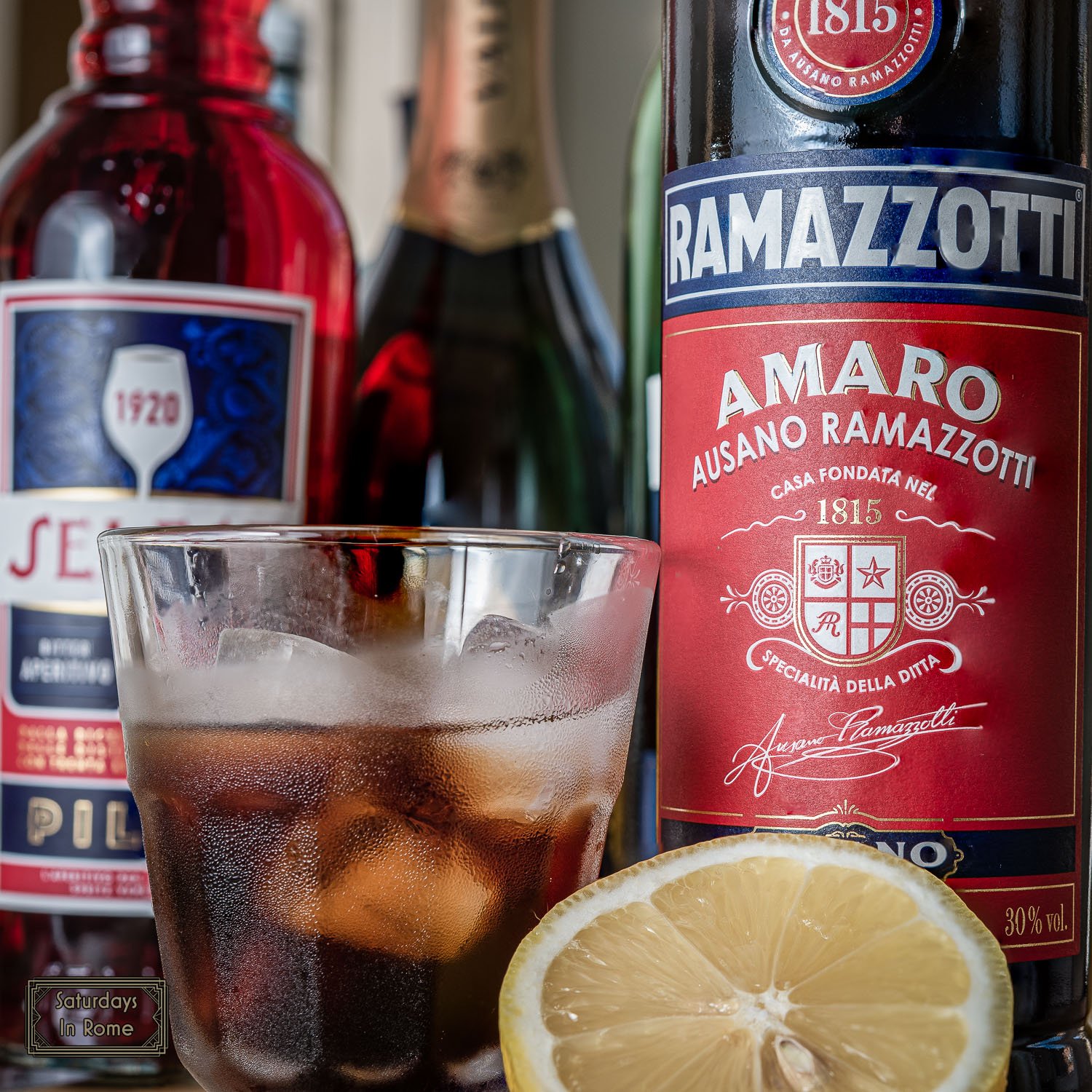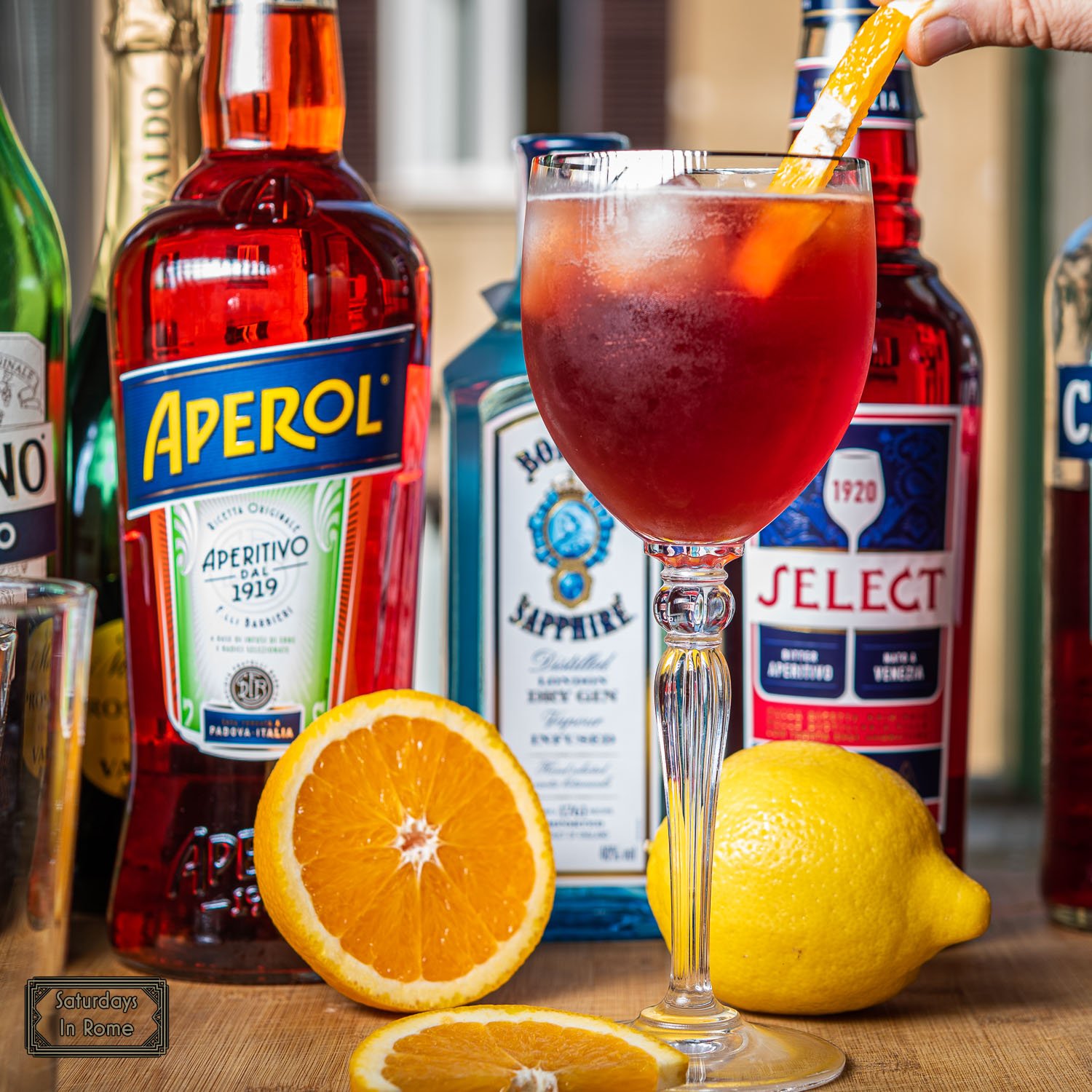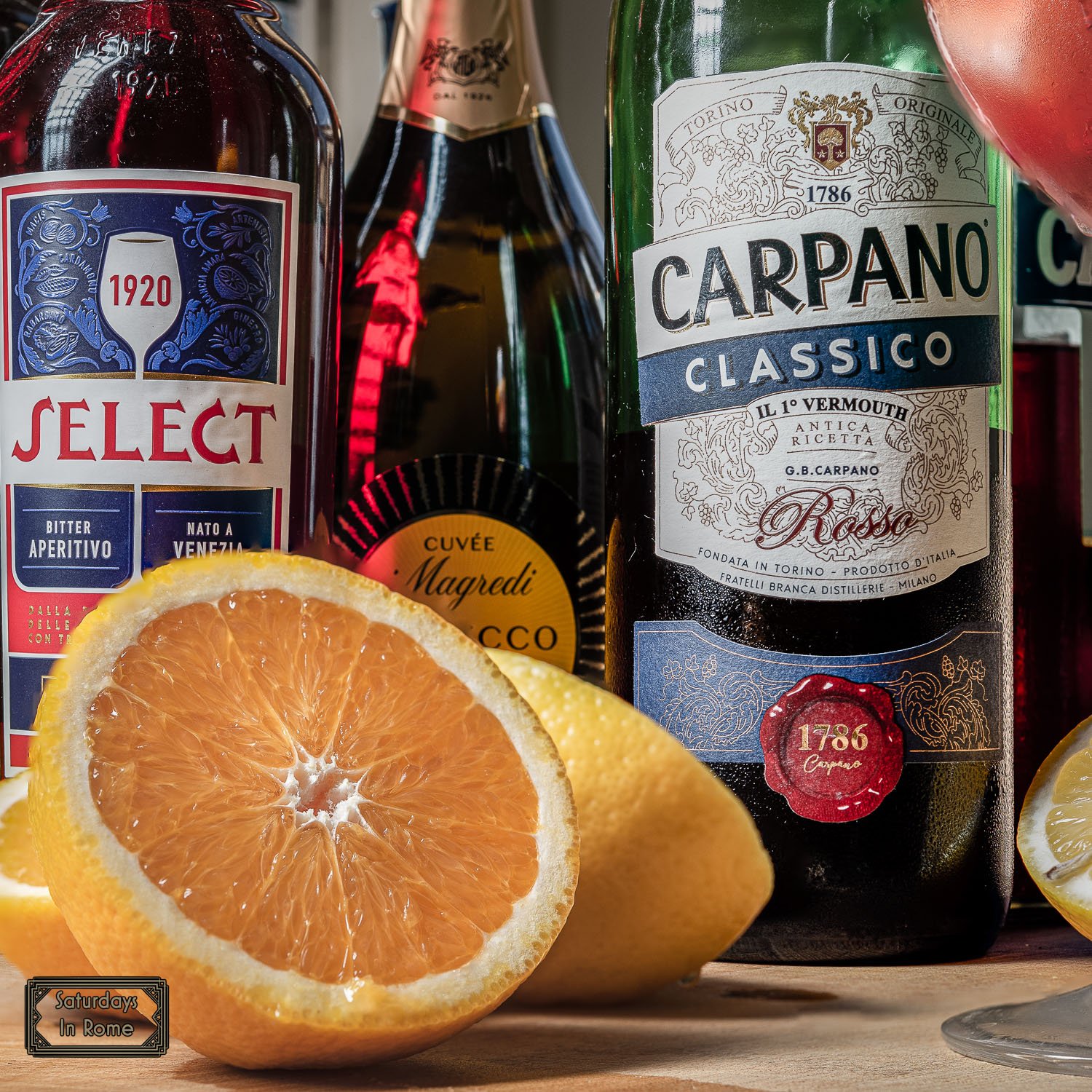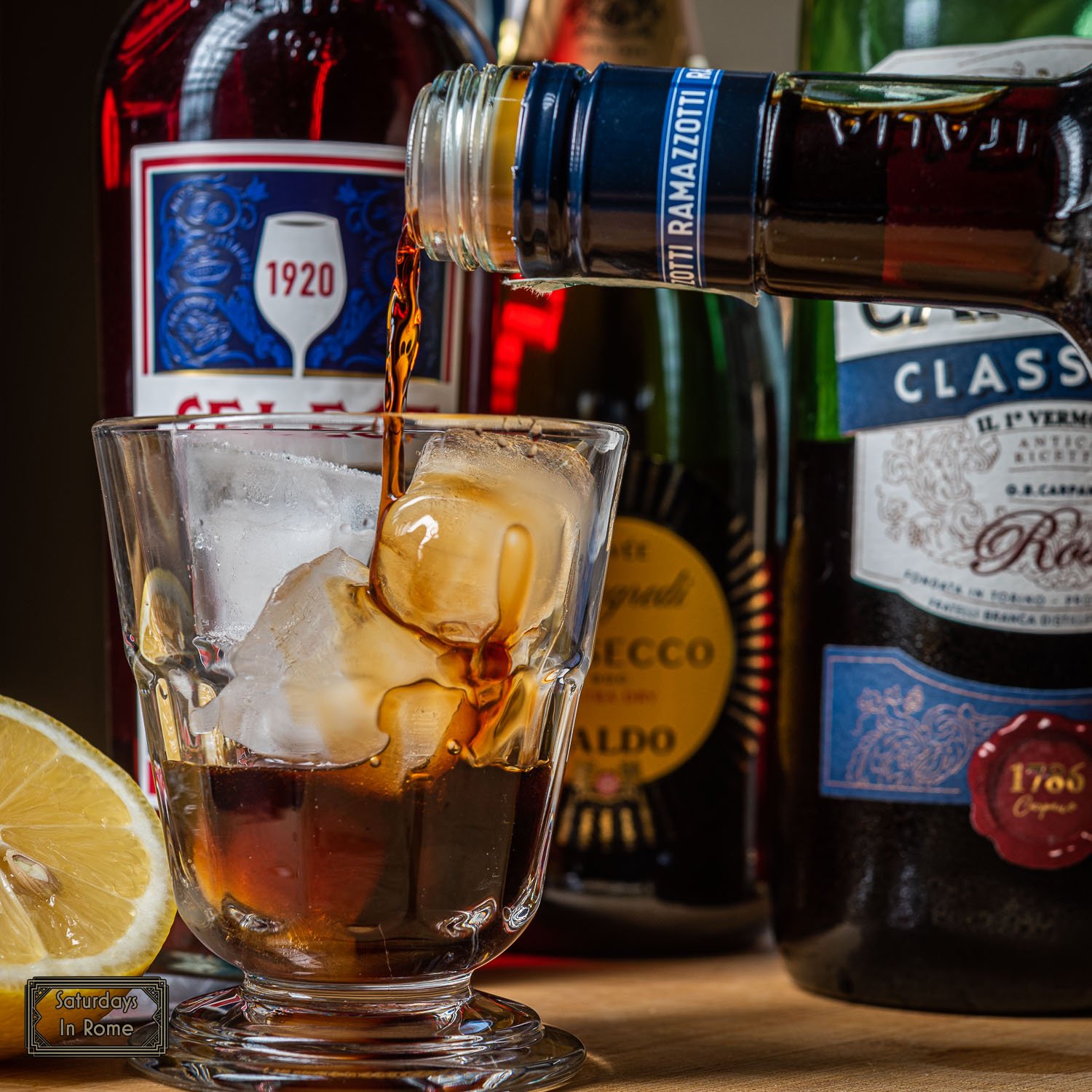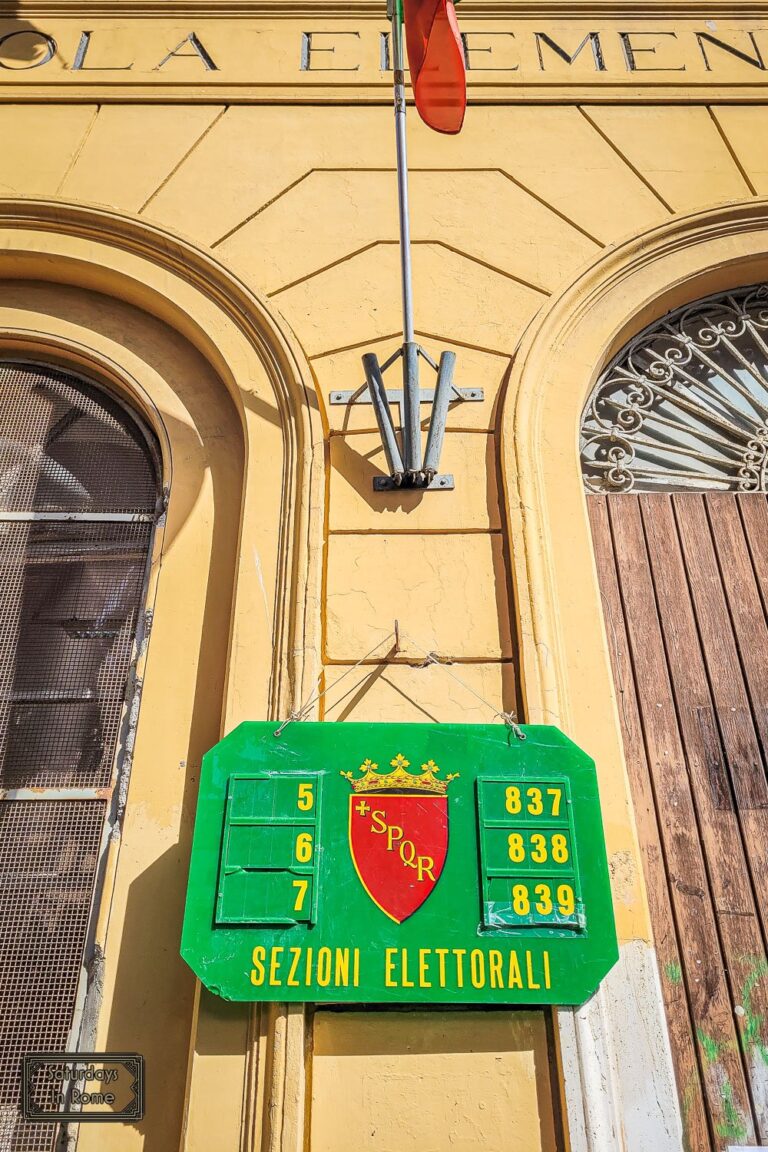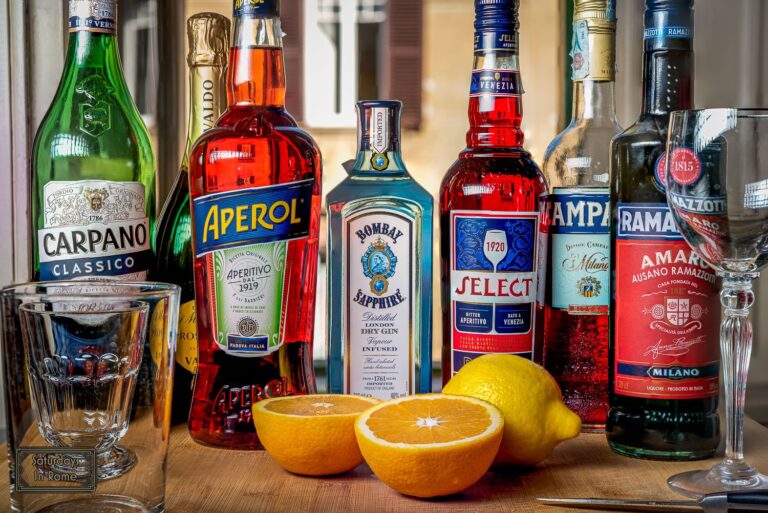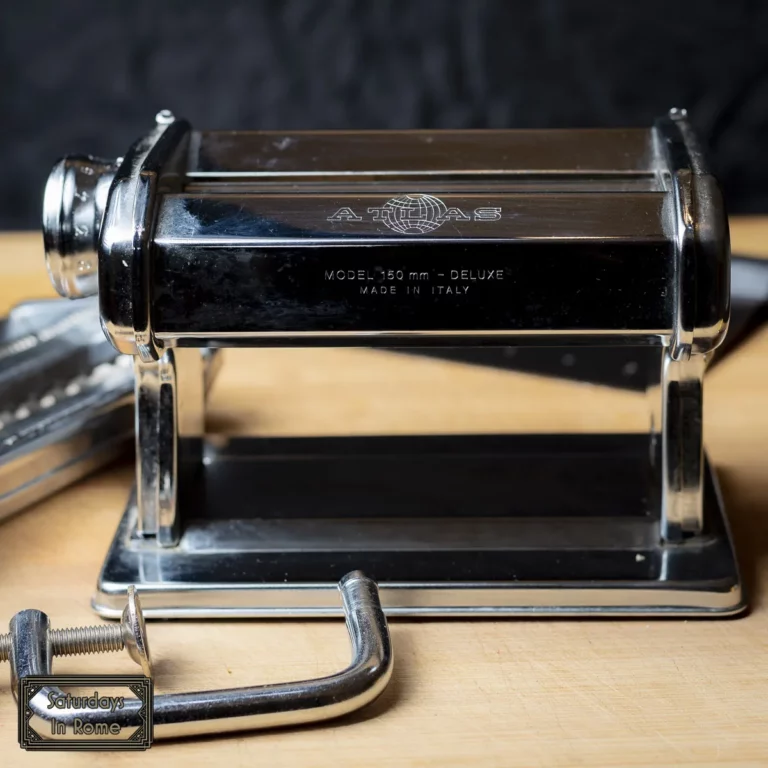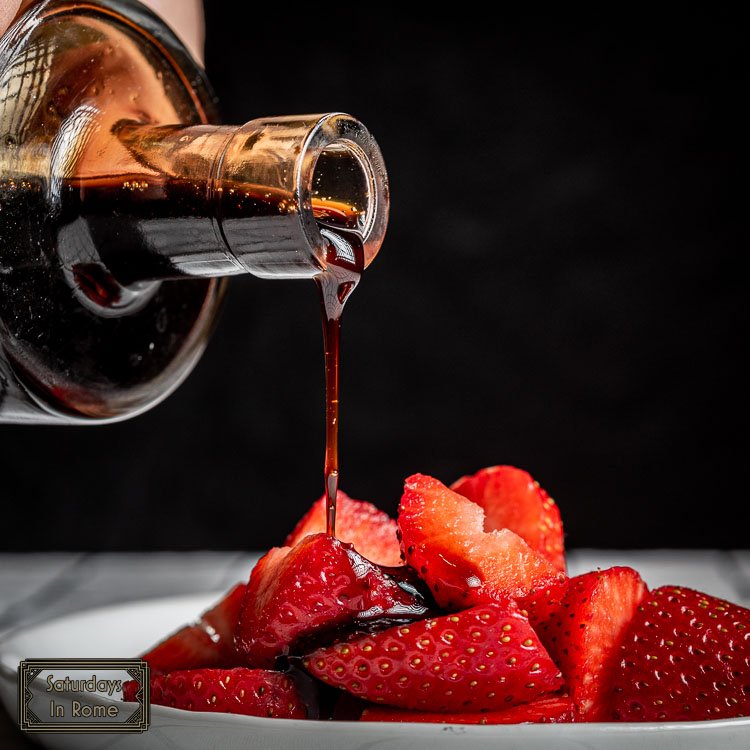Italian Bitters For Great Cocktails Your Friends Will Love
Italian Bitters are great in cocktails as a classic aperitivo before your meal to open your palate and just as great afterwards to help digest your meal.
Amaro Digestivi
The history of Amaro is long and complex, but the thing that people can agree on is that the word Amaro is Italian for “bitter”. Other facts relating to production and consumption of amaro are influenced more by tradition than strict definitions. In general, Amaro refers to the group of Italian made herbal, bitter liqueurs served as a digestivo after a meal or as part of Aperitivo before your meal.
Need Help Planning?
- Cheap Flights: Find The Most Affordable Flights.
- Accommodations: From 1 to 5 Stars And More.
- Car Rentals: Affordable Travel Across Italy.
- Sightseeing Tours: Explore Some Amazing Tours.
- Buying An eSIM: Stay Connected In Italy.
This post includes affiliate links.
What Are Italian Bitters Made Of?
These aromatic bitters (Amari) are created by distilling bitter barks, herbs, seeds, spices, citrus peels and flowers in wine, then they are. Most of these herbal bitters undergo months of aging in barrels for added complexity.
These Amari are typically between 16% and 40% alcohol and range from dry to sweet.
Common bittering ingredients include:
- Orange Peel
- Cassia and Cinchona Bark
- Gentian Root
- Wormwood
- Angelica Root
Additional spices that are used in Bitters are:
- Cardamom
- Chamomile
- Rhubarb
- Mint
- Fennel
- Licorice
- And many others
Aperitivo Bitters (Amaro)
As you may have guessed from the name, Amaro originated in Italy, which has the biggest selection of Bitters commercially available. That said, the history of serving a closing liqueur at the end of a big meal isn’t limited to Italy.
A post-meal digestivo could be brandy, port, coffee, or scotch, but bitters claiming to aid digestion and health have been produced across Europe for centuries. Aromatic roots and botanicals were promoted for medicinal purposes centuries ago, but the origins of Italian bitters came from the friars and monks in monasteries across Italy.
Why Do You Need Italian Bitters?
When your brain senses bitterness, your digestive system revs up, activating the saliva and gastric juices trying to expel the “poison” which you just ingested. This is why you have a sense of relief, less bloated, when you’ve had a digestivo after a big meal.
Italy loves bitter foods and drinks, like licorice, espresso and bitter greens and because of this, children in Italy learn to enjoy the bitter flavor much younger compared with children in the US, where sugar is the flavor they grow up with.
What Aperitivo Bitters Are Used In Italian Cocktails?
These Aperitivo Bitters, used in popular cocktails before a meal, are becoming well known in the US, but there are a lot of lesser known brands that hopefully will grow in popularity in the coming years. The more popular Aperitivo Bitters include:
Select Bitter Aperitivo
- Campari – For me, Campari is the most popular Italian bitter and is used in some of the most well known cocktails, like a Negroni, Americano and sometimes a Spritz. Campari was invented in 1860 by Gaspare Campari in Novara, Italy, outside of Milan. It was originally colored with crushed cochineal insects, which gave the drink its distinctive red color.
- Aperol – This is similar to Campari, but has much less alcohol and is less bitter. The most popular drink that uses this Italian bitter is the Aperol Spritz.
- Select – This is a new Amaro for me and one that I have only encountered here in Italy. It is commonly served in Venice with prosecco and soda water as the Original Venetian Spritz.
- Cynar – This is a little intimidating for me because the label contains a picture of an artichoke on it, which is a predominant ingredient and it gets its name from the latin for artichoke: cynara scolymus. I’m not sure yet if this will be a taste I agree with, or more correctly, agrees with me, but I will definitely try it in the future. Different from the other Aperitivo bitters, this is also considered a digestivo and should be enjoyed after the meal to help digestion.
Italian Bitters For Digestion
As mentioned above, a digestivo is an alcoholic beverage served after a meal with the intention of aiding digestion.
Ramazzotti Over Ice
There are many amari that act as digestivi that are a delicious and helpful finish to a big meal. Some of my favorites are:
- Amaro Ramazzotti – This was produced for the first time in Milan in 1815. It was a secret recipe of Ausano Ramazzotti, a Bolognese pharmacist. You enjoy this in a glass, over ice, with a small circle of ginger. If you enjoy this at home, it gives you a bit of time to relax and contemplate the delicious meal that just finished. One glass is enough.
- Fernet-Branca – This is composed of 27 herbs and spices from four continents, produced since 1845 by the Branca family of Milan. A mint-flavored version of Fernet-Branca, produced since 1965, is marketed under the name Branca Menta.
- Averna – We learned about this amaro after a brief stopover in the beautiful Sicilian town of Caltanissetta, where it was created in 1868. It has a dark caramel color, with a not excessively bitter taste and an alcohol content of 29%. This amaro is drunk neat or with ice, or at refrigerator temperature.
How To Appreciate Amaro
When you are in Italy, you may be offered any number of different amari before and after your meal. These can be from huge commercial distillers, like the enormous Campari Group, or from smaller regional producers. You will benefit from a well-digested meal by putting aside your intimidation and lack of familiarity with Amari by accepting a recommendation from the waiter and slowly sipping this delicious magic from Italy.
More About Italian Drinking Culture
If you enjoyed this post about Italian bitters and are interested in learning more about cocktails, wine and beer culture in Italy, check out some of these other related posts:
- Learn The Difference Between Prosecco And Sparkling Wine.
- The Drinking Age In Italy Is An Example For All.
- The Classic Italian Cocktails For Your Next Happy Hour.
- Italian Balsamic Vinegar Is Great For More Than Dressing.
- Do Italians Drink Beer More Than Wine With Dinner?
- The Best Irish Bar In Rome Is Waiting To Pour You A Pint.
- The Magic Of Italian House Wine, Known As Vino Sfuso.
- One Of The Vineyards Close To Rome I Love Is Cantine Eredi dei Papi.
- The Best Winery Near Me In Rome Could Be Tenuta Le Quinte.
- Villa Simone Is A Winery Near Rome You Should See.
- L’Orto di Alberico Is One Of My Favorite Vineyards Near Rome, Italy.
- One Of The Wineries Near Rome, Italy You Need To Check Out Is Tenuta di Pietra Porzia.
- A Tourist’s Guide To The Frascati Lazio Wine Region.

